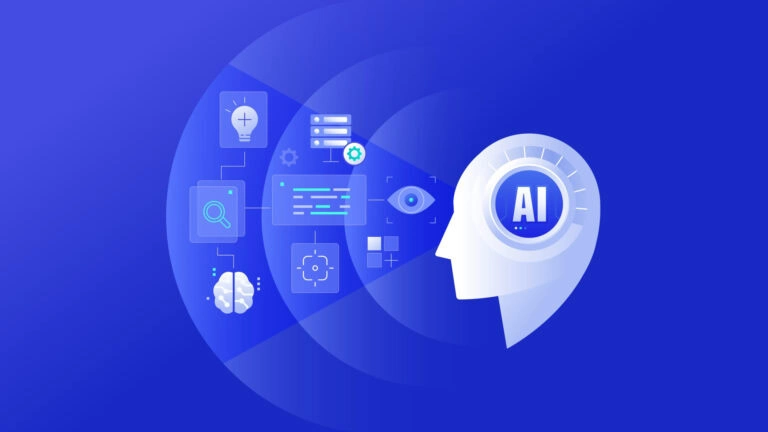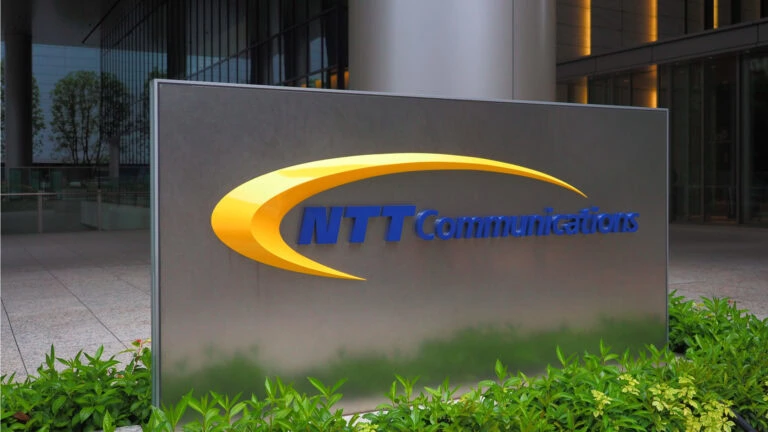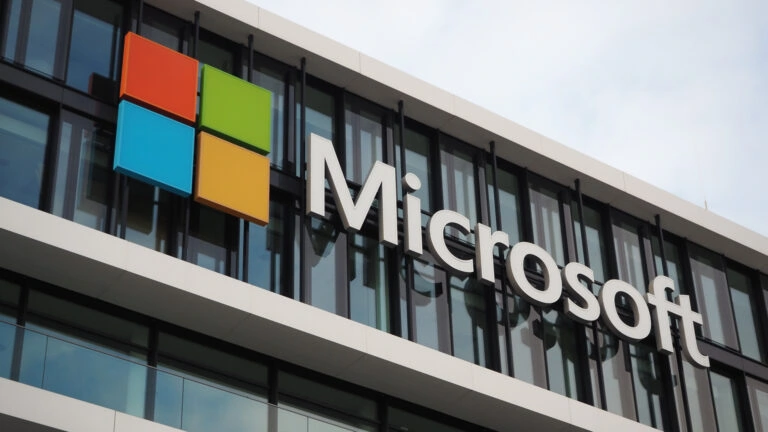“Gemini Robotics”: Google AI can now control robots

Until now, the capabilities of Google's Gemini AI have been limited to the digital realm. In order to be helpful for people in the physical world, the AI will also be able to control robots on demand.









